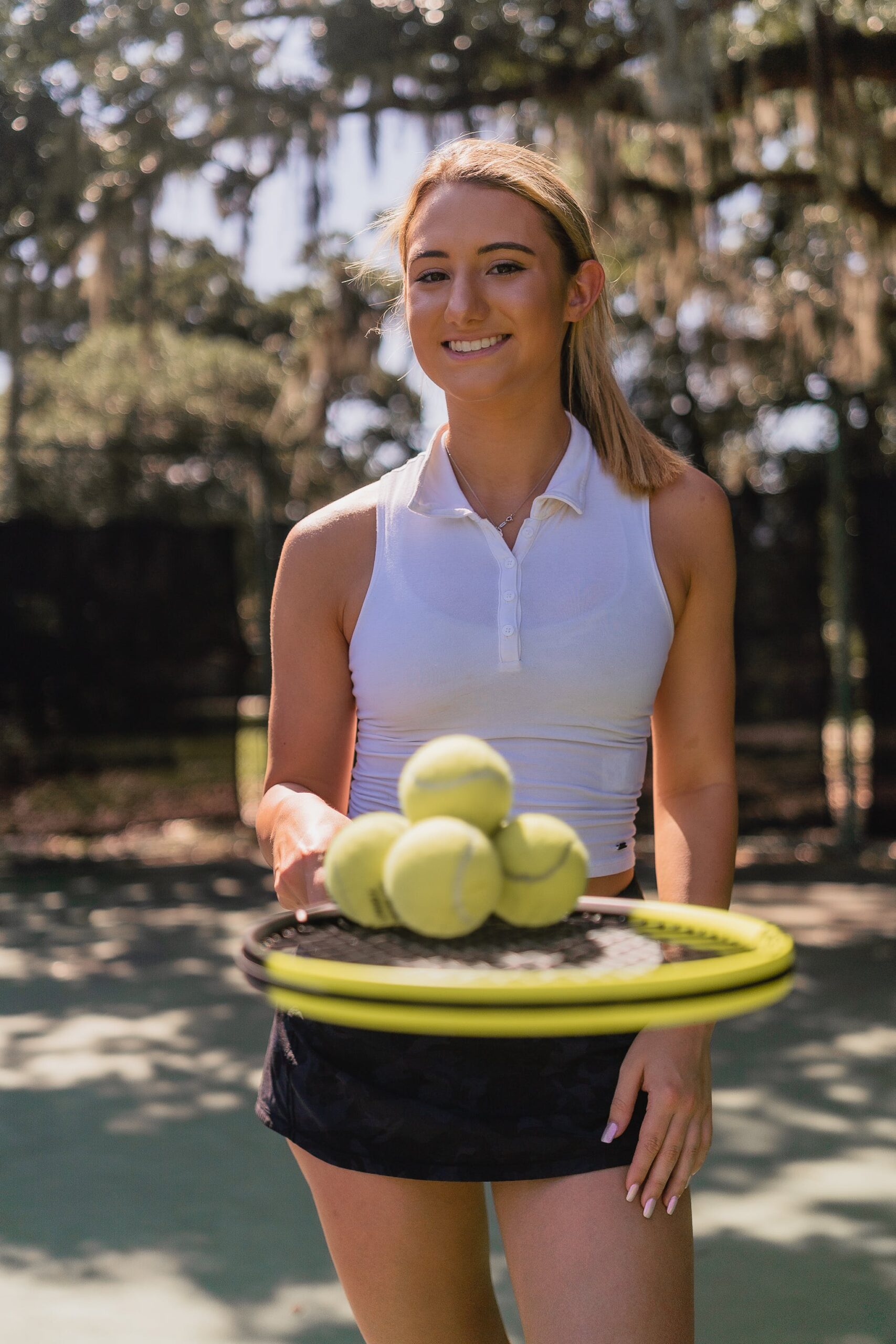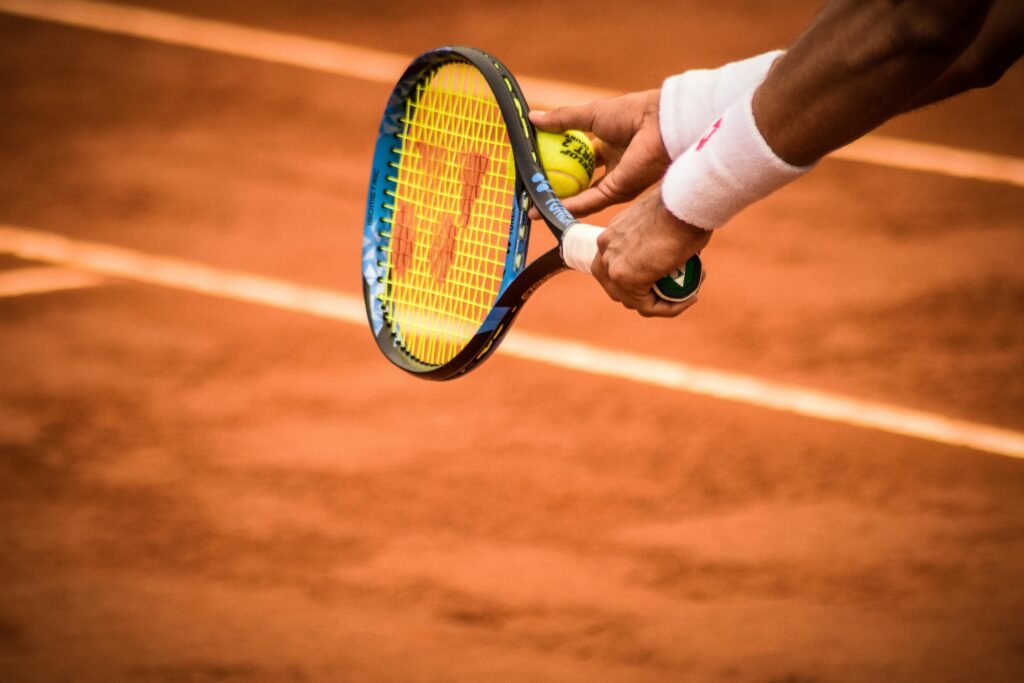
Introduction
Continuing our exploration of the captivating world of tennis, we uncover more about the sport’s unique traditions, the strategic nuances behind player rituals, the complexities of the ranking system, and the historical grandeur of the Grand Slam tournaments.
1. Why and When Do Players Show the Tennis Ball to Their Opponent Before Serving?

The Serving Ritual in Tennis: A Gesture of Sportsmanship and Strategy
In professional tennis, players often show the ball to their opponent before serving as a courtesy, particularly at the start of each service game or when new balls are introduced. This practice, more common when new balls come into play (usually every 9 or 11 games), is a part of tennis etiquette, ensuring that both players are aware and prepared for the serve. This gesture represents the principles of fairness and respect that are foundational to the sport.
2. Why Do Players Ask for Three Balls Before They Serve and Then Give One Back?

The Selection of the Serve Ball: A Combination of Strategy and Ritual
Before serving, tennis players often request three balls and then return one. This ritual allows them to choose the ball that they feel is in the best condition for serving. Factors like fluffiness and wear can significantly affect a ball’s flight and speed.
While some players engage in this practice as part of their pre-serve routine for focus and consistency, others may view it as a superstition or habit.
3. How Does the Tennis Ranking System Work, and How Can a Player Lose in a Tournament and Still Move Up in the Rankings?
The Dynamics of the Tennis Ranking System: Points and Performance
The tennis ranking system is a method for determining the world rankings of professional players based on their performance in tournaments over the previous 52 weeks. A concept key to understanding this system is ‘defending points.’
Players must defend the points they earned at a tournament in the previous year to maintain their ranking. If they perform better than the previous year or if their competitors fail to defend their points, they can move up in the rankings. This ensures that the rankings reflect current form and performance, rather than just historical success.
4. What is the Open Era in Tennis?
The Open Era: Transforming the Landscape of Professional Tennis
The Open Era in tennis, which began in 1968, marked a significant shift in the sport. It allowed professional players to compete alongside amateurs in the Grand Slam tournaments.
This era ushered in heightened professionalism, commercial opportunities, and a higher level of competition, fundamentally transforming the tennis landscape and paving the way for the modern game as we know it.
5. Why Are There Four Grand Slam Tournaments?
The Grand Slam Tournaments: Celebrating Tennis’s Diversity and History
The four Grand Slam tournaments – the Australian Open, the French Open, Wimbledon, and the US Open – are the pinnacle of the tennis world, each with its own unique history, location, and playing surface. These tournaments not only represent the highest achievement in tennis but also test different skill sets due to their varied surfaces.
From the hardcourts of Melbourne and New York to the clay of Paris and the grass of London, each tournament brings its cultural and historical significance, making the accomplishment of winning all four in a single calendar year a remarkable feat.
Conclusion
These fascinating insights into tennis rituals, the ranking system, and the storied history of the Grand Slam tournaments highlight the depth and richness of this beloved sport. Tennis is a game of not just physical prowess but also of mental strategy, historical legacy, and cultural significance.
Make sure you didn’t miss Part 1 or move forward to Part 3 of our Tennis Trivia and Fun Facts series, where we delve more into Scoring, Terminology and Spelling fun facts!


